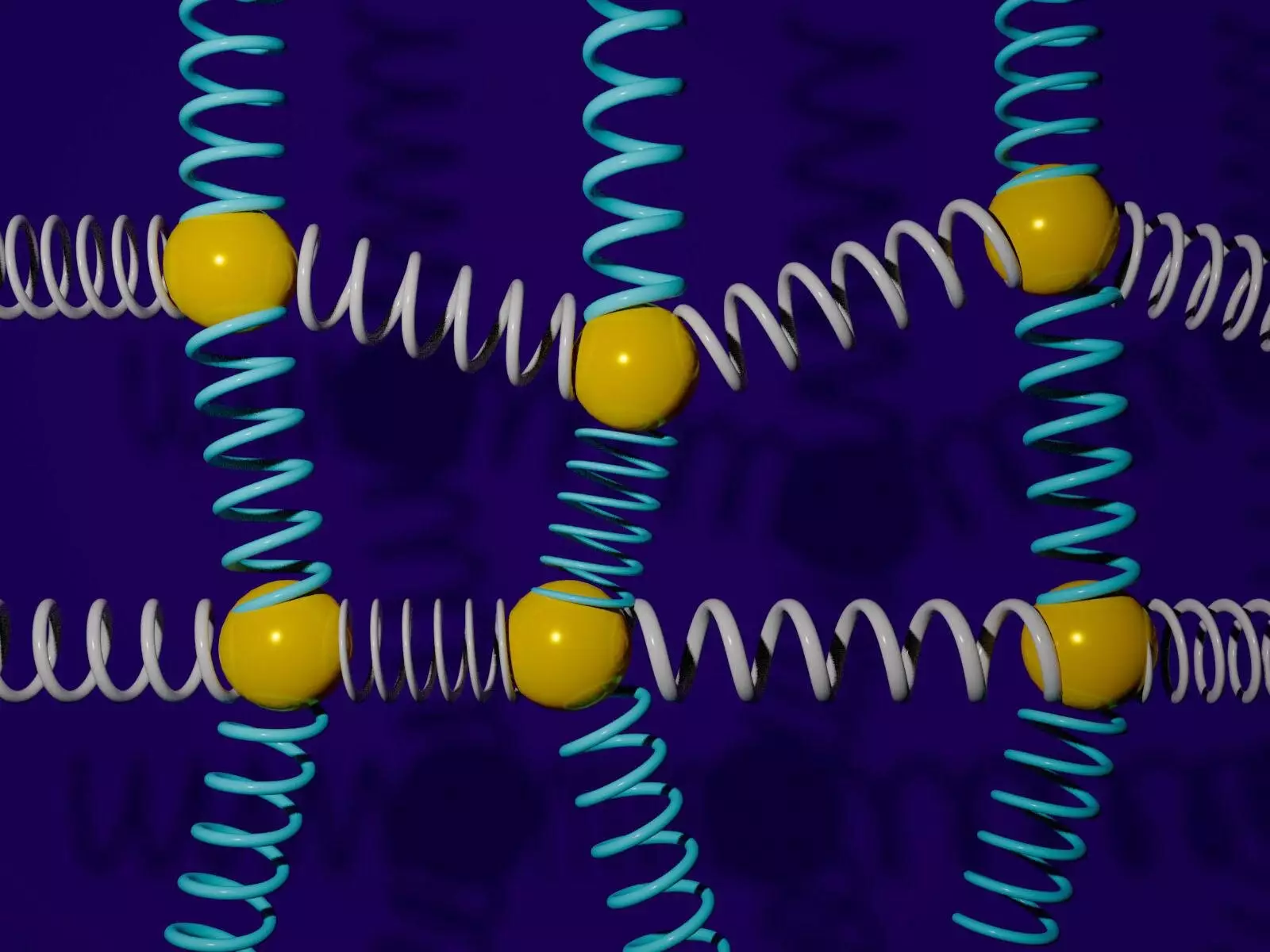The concept of “coupled oscillations” may not be common knowledge to many, but it plays a crucial role in numerous aspects of nature. These interconnected harmonic oscillators are not limited to describing masses and springs but extend their reach to various scientific and engineering applications. From mechanical systems like bridges to atomic bonds and gravitational effects between celestial bodies, coupled oscillations have a wide array of uses in different fields.
A recent study led by Pacific Northwest National Laboratory’s joint appointee and University of Toronto Professor Nathan Wiebe, in collaboration with researchers from Google Quantum AI and Macquarie University in Sydney, Australia, has introduced a groundbreaking quantum algorithm. This new algorithm aims to simulate complex systems of coupled masses and springs on quantum computers with greater speed and efficiency.
The Quantum Advantage
By mapping the dynamics of coupled oscillators to a Schrödinger equation and utilizing Hamiltonian methods for simulation, the researchers were able to demonstrate the exponential advantage of the new algorithm over classical ones. This innovative approach enables scientists to represent the dynamics of coupled oscillators with significantly fewer quantum bits, leading to a substantial reduction in computational operations required for simulation.
One of the remarkable aspects of this research is the possibility of employing coupled harmonic oscillators to simulate an arbitrary quantum computer. This suggests that large systems of interacting masses and springs could potentially possess computational capabilities equivalent to quantum computers. The theoretical constraints surrounding the calculation of these dynamics further emphasize the potential of this algorithm to provide exponential speedup over traditional methods.
The work done by Wiebe and his colleagues sheds light on a new avenue for achieving provable exponential speedups in classical calculations. This significant development not only enhances our understanding of quantum dynamics but also establishes a subtle yet crucial link between quantum systems and harmonic oscillators. The potential of this algorithm to surpass the computational power of classical computers highlights the promising future of quantum algorithms in revolutionizing various scientific and technological fields.
The exploration of coupled oscillations in the realm of quantum computing opens up a world of possibilities for accelerating simulations and computations in diverse areas of research. The synergy between quantum principles and classical systems, as demonstrated in this study, holds tremendous potential for advancing the capabilities of quantum computers and pushing the boundaries of scientific exploration.


Leave a Reply